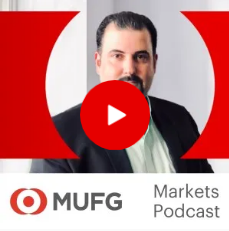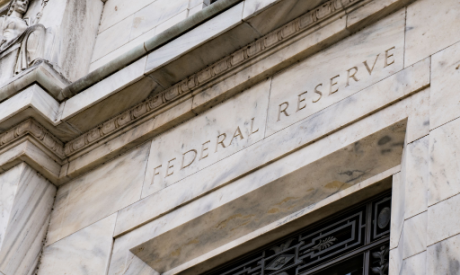- Housing has so far proven to be resilient to multi-decade high rates given tight supply of homes (in the existing housing market) and a low unemployment rate. In our view, that is about to change due to the lagged effect of rate hikes and the Fed’s commitment of “higher for longer.” Meanwhile early signs show that newly built homes (which were the only game in town in ‘23) their prices are starting to drop. But new home prices are still too high given where mortgage rates are – this is likely deterring new home buyers traffic and activity.
- We do not see a repeat of the GFC bust, where home prices took 5-years to bottom (2006-11) and the drop was almost 30% nationwide. We expect lower rates (later in 2024/2025) to eventually dampen housing price declines, but 10-15% declines (over a shorter window) is definitely doable (some regions might drop more).
- The average monthly mortgage payment has fluctuated between $750 - $1,250 per month since the late 1970s. That is why with each drop lower in overall rates, US households were able to afford higher priced homes (because it fit with their typical nominal budget). But now, higher mortgage rates and elevated home prices is resulting in large monthly mortgage payments. However, we are still in awe of how large the jump in the average monthly payment has been. Its nearly doubled in size since the Fed started hiking rates.
- The current coupon (CC) MBS rate spread to a 5y/10y UST yield blend (i.e. the MBS basis) remains at historically high levels. At the time of writing its above 180bps, such a widen basis is about 75bps higher than the average seen post the GFC housing crisis. We think MBS as an asset class remains cheap to IG credit, but in order to see sustainable rally, we likely need to see the turn of the calendar (i.e. a reset of risk budgets) and rate cuts. That said, deeply discounted MBS now represents a ‘cheap’ long option on a decline in l/t interest rates.
- Declining rates and tighter spreads could eventually trigger a refi-wave for current MBS cohorts, and it might even unleash those on the fence wanting to move, but who are “stuck” with 3% mortgages (and waiting for some rate relief before moving). Thus, we can see a pickup in prepays even in the Fed’s MBS portfolio. That said, we do not expect mortgages rates to go back to 3% level, given our US rates view, expect 5-6% at best.
- We thank our colleague, Glenn Schultz, Director in Prepayment Modeling, for chart contributions in this report.


